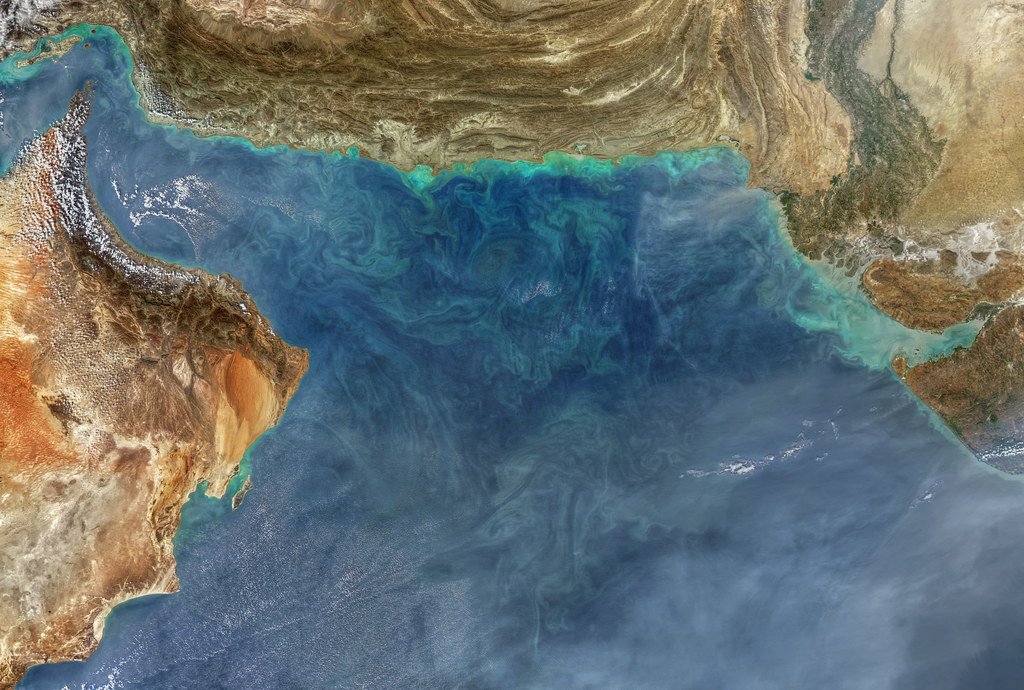Warming Trends in the Arabian Sea
The Arabian Sea, a critical body of water in the Indian Ocean, is undergoing a significant and concerning transformation. Rising temperatures in this region are not just a local issue but have far-reaching consequences that impact both the environment and the livelihoods of millions. In this critical analysis, we delve into why the Arabian Sea is getting hotter and the potential consequences of this alarming trend.
Climate Change
One of the primary drivers of the Arabian Sea’s increasing temperatures is climate change. Rising global temperatures are causing sea surface temperatures to climb, with the Arabian Sea experiencing some of the most rapid warming compared to other oceans. This is attributed to a combination of greenhouse gas emissions, deforestation, and other human-induced factors.
Ocean Currents
The changing patterns of ocean currents in the Arabian Sea also contribute to its warming. Complex interactions between the monsoon winds, the Indian Ocean Dipole, and El Niño events can cause fluctuations in sea surface temperatures. These variations, when combined with overall warming trends, can lead to prolonged periods of higher temperatures.
Urbanization and Pollution
The increasing urbanization and industrialization along the coasts of countries bordering the Arabian Sea are releasing pollutants and warm water discharges into the sea. This local contamination exacerbates temperature increases and disrupts the fragile marine ecosystems.
Consequences of a Hotter Arabian Sea
Coral Bleaching
Rising sea temperatures put immense stress on coral reefs in the Arabian Sea, leading to coral bleaching. These vibrant ecosystems provide habitat and sustenance for countless marine species, and their degradation can have ripple effects throughout the entire food chain.
Marine Life Disruption
The warmer waters can impact the distribution and behavior of marine species. Fish populations may move to cooler areas, causing economic challenges for the fishing industry, which is a crucial source of livelihood for coastal communities in the region.
Intensified Cyclones
Warmer sea surface temperatures can lead to the intensification of tropical cyclones. An increase in the frequency and severity of cyclones in the Arabian Sea has the potential to cause catastrophic damage to coastal areas and pose threats to human lives.
Sea-Level Rise
The thermal expansion of seawater due to higher temperatures contributes to rising sea levels. Low-lying coastal regions along the Arabian Sea, including parts of India, Pakistan, and Oman, are particularly vulnerable to the impacts of sea-level rise.
Economic and Societal Impact
The consequences of a hotter Arabian Sea are not limited to the environment. They have far-reaching implications for economies, especially in fishing and tourism-dependent regions, and can lead to displacement of communities due to the loss of livelihoods and damage from extreme weather events.
In conclusion
The Arabian Sea’s warming trend is not an isolated issue but a part of the broader global climate crisis. Addressing this challenge requires a multi-faceted approach, including reducing greenhouse gas emissions, conserving marine ecosystems, and developing sustainable policies for coastal development. Failing to take action risks irreversible damage to this vital body of water and the livelihoods of those who depend on it, highlighting the urgency of addressing climate change on a global scale.
